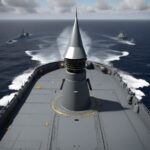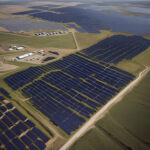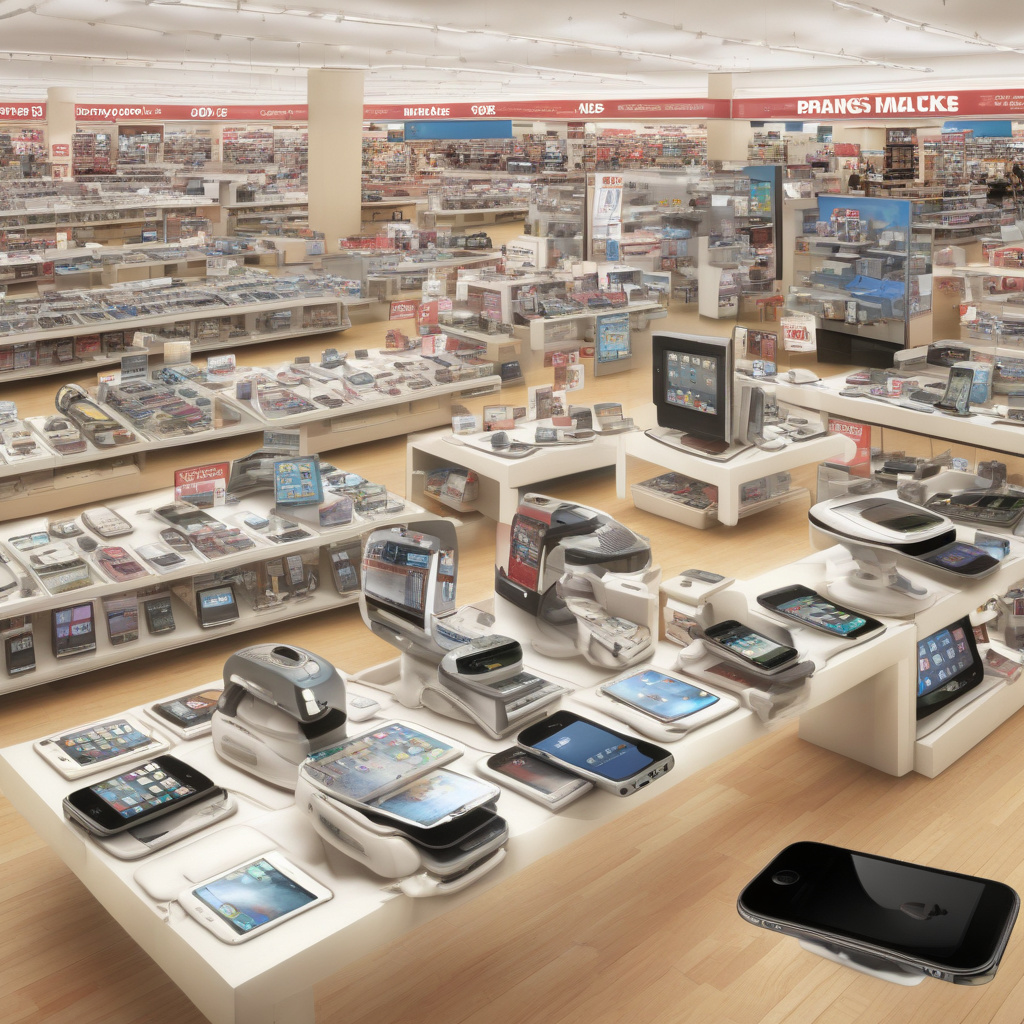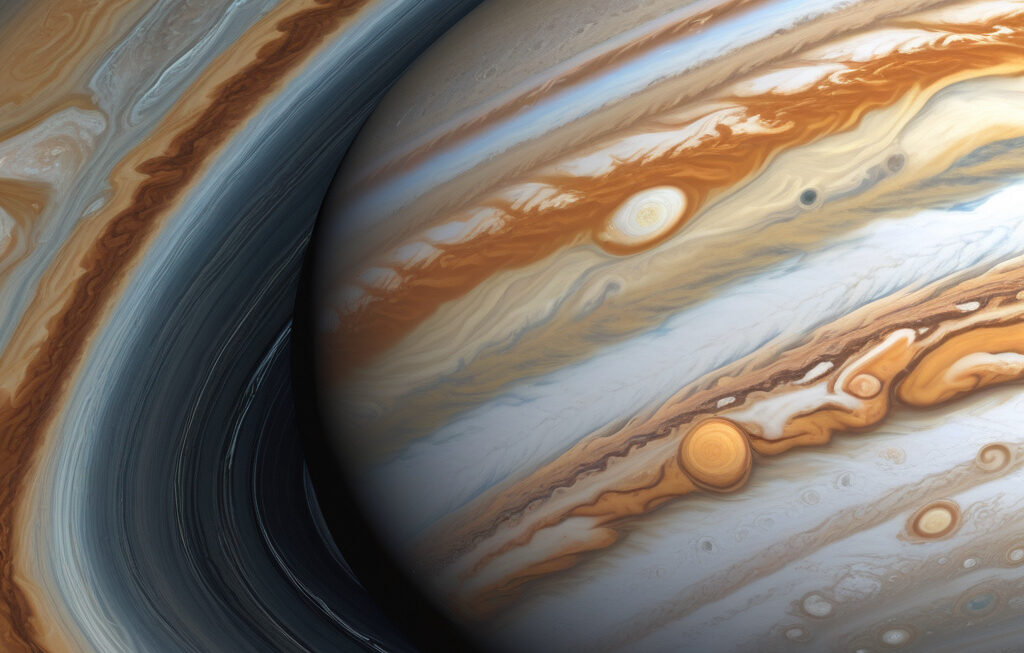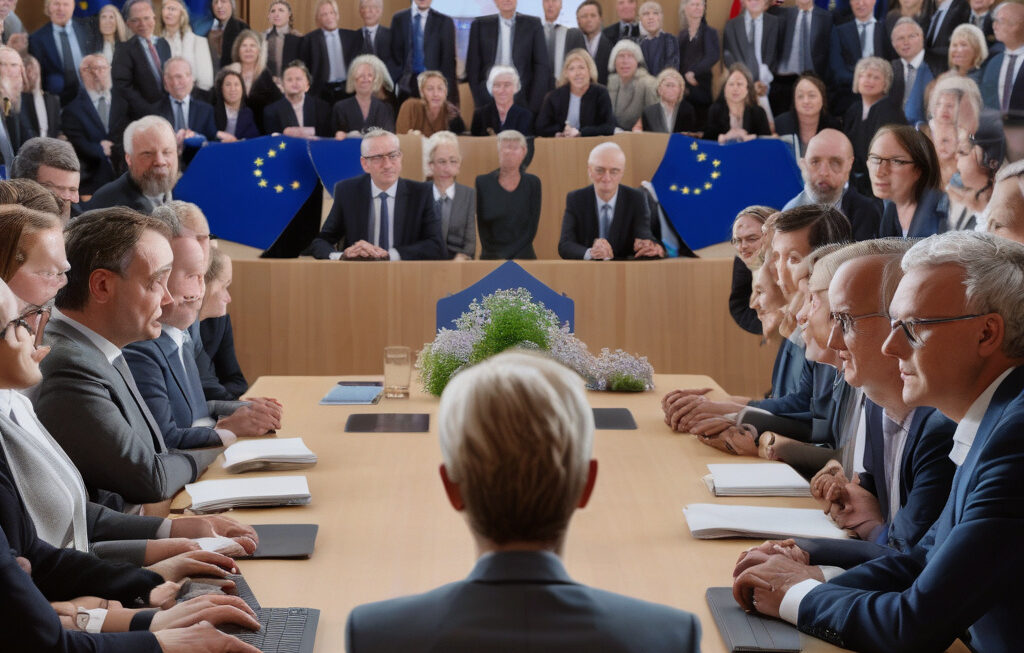Could iPhone Cost Really Hit $3,500? Tariff Fears Send Buyers into a Frenzy
Retail chaos gripped Apple stores across the United States as worried customers rushed to buy the latest iPhone models amid fears of potential price hikes due to tariffs. The tech giant, known for its sleek design and innovative features, has always commanded a premium price tag. However, recent trade tensions have sparked concerns that this cost could skyrocket even further.
The escalating trade war between the United States and China has cast a shadow of uncertainty over the tech industry. With Apple heavily reliant on Chinese manufacturing for its products, the proposed tariffs could significantly impact the company’s bottom line. This has led to speculation that the retail price of the iPhone could surge to as much as $3,500, causing a stir among consumers and industry experts alike.
While the $3,500 price tag may seem exorbitant, it is essential to understand the factors contributing to this potential increase. The proposed tariffs would directly impact the cost of production for Apple, forcing the company to either absorb the additional expenses or pass them on to the consumers. Given Apple’s commitment to maintaining its profit margins, the latter scenario appears more likely.
Moreover, the tariffs could disrupt Apple’s intricate supply chain, leading to delays in production and shortages of the latest iPhone models. This scarcity would not only drive up demand but also create a sense of urgency among consumers to secure their devices before prices surge. The combination of higher production costs and limited availability could push the iPhone’s price to unprecedented levels.
It is crucial to note that the $3,500 price point represents the worst-case scenario and is not set in stone. Apple has a history of navigating challenging economic conditions and adapting its strategies to mitigate potential risks. The company could explore various options, such as diversifying its supply chain or negotiating with the government to secure exemptions from the tariffs.
Furthermore, Apple could leverage its brand loyalty and premium positioning to justify a higher price tag for the iPhone. The company’s devoted fan base has shown a willingness to pay a premium for the latest technology and design innovations. By emphasizing the quality and exclusivity of its products, Apple could cushion the impact of the tariffs on its pricing strategy.
Despite the uncertainty looming over the iPhone’s cost, one thing is clear – Apple’s ability to innovate and captivate consumers has been a driving force behind its success. The company’s relentless pursuit of excellence and commitment to pushing the boundaries of technology have solidified its position as a market leader. Whether the iPhone’s price hits $3,500 or not, one thing is certain – Apple will continue to set the standard for innovation in the tech industry.
In conclusion, the fears of the iPhone cost reaching $3,500 have sent buyers into a frenzy, highlighting the significance of the ongoing trade tensions and their potential impact on the tech giant. While the situation remains fluid, Apple’s resilience and strategic approach will play a crucial role in navigating these challenges and maintaining its position at the forefront of the industry.
iPhone, Apple, Tariffs, Trade War, Technology





